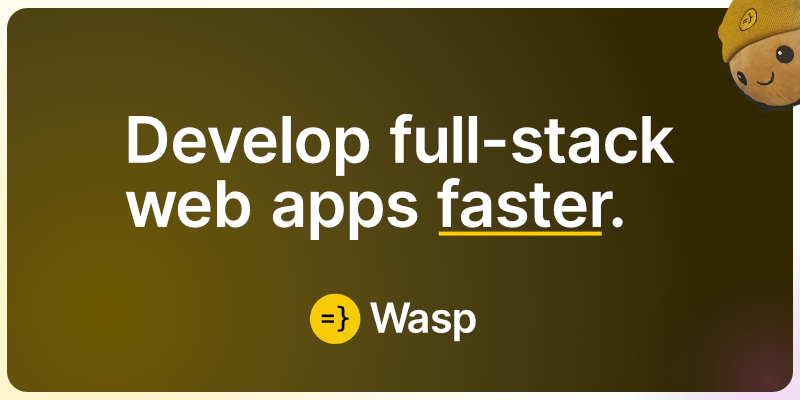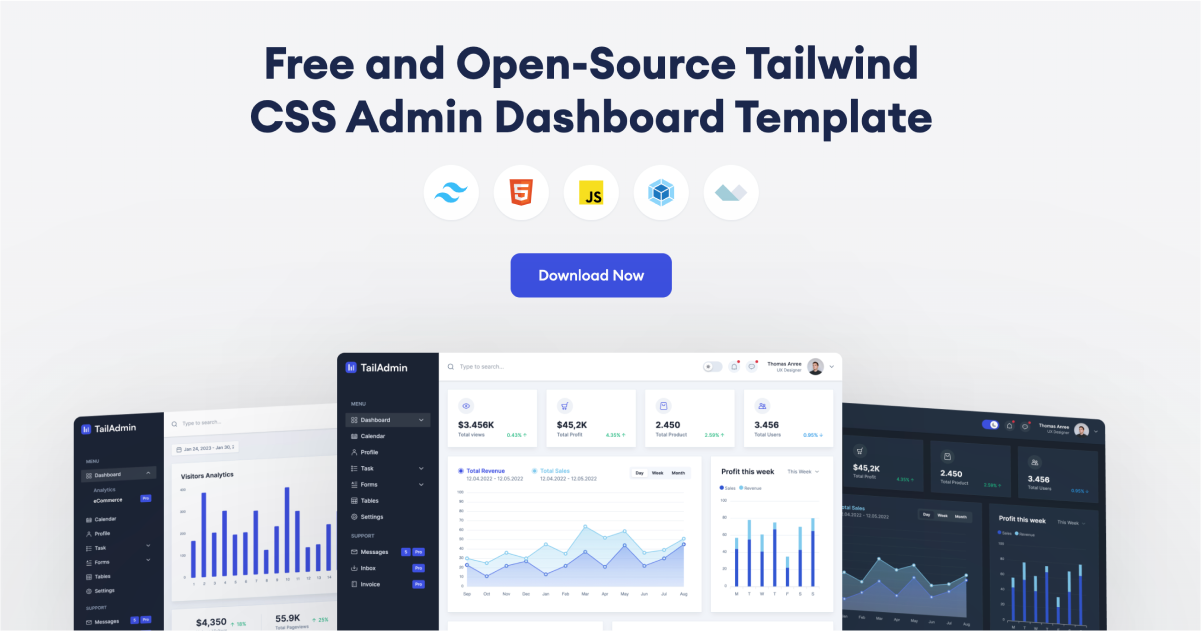Frontend React Template integration into OpenSaas template
As someone who has considered web development their kryptonite for the past decade, I can't thank you enough for creating wasp and the OpenSaas template. My background has been using Python and R for data science and HPC, but for some reason, committing to learning a web framework like React or Angular has always been elusive.
Over the years, I have purchased several React web page and dashboard templates but have struggled to customize them quickly. Since I have limited experience with Javascript, Typescript, or React but I now have a wonderful OpenSaas wasp template as a foundation, I was wondering if anybody might be able to provide pointers or links on how I could go about modifying the styling of the OpenSaas template with an existing React web template I have purchased.
I totally realize this request is a bit ambiguous, but at this point, it is hard for me to know where wasp templating code begins and React code ends. Any links or suggestions would be greatly appreciated.
Over the years, I have purchased several React web page and dashboard templates but have struggled to customize them quickly. Since I have limited experience with Javascript, Typescript, or React but I now have a wonderful OpenSaas wasp template as a foundation, I was wondering if anybody might be able to provide pointers or links on how I could go about modifying the styling of the OpenSaas template with an existing React web template I have purchased.
I totally realize this request is a bit ambiguous, but at this point, it is hard for me to know where wasp templating code begins and React code ends. Any links or suggestions would be greatly appreciated.


